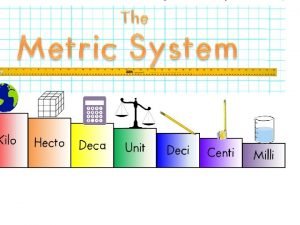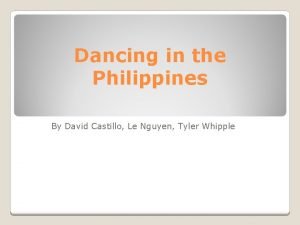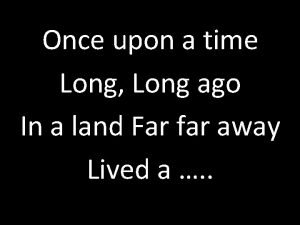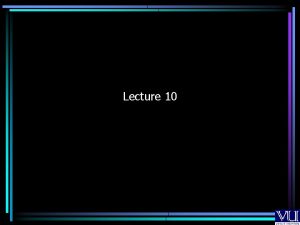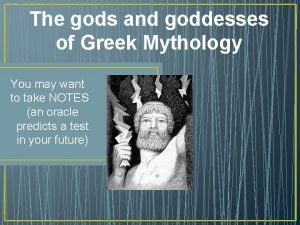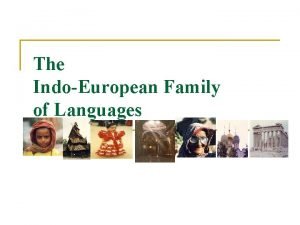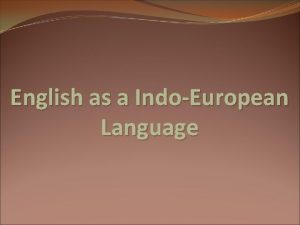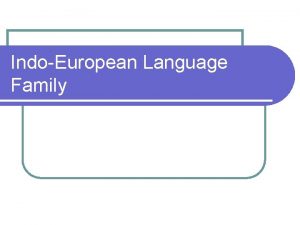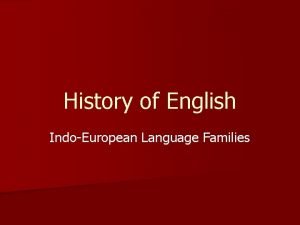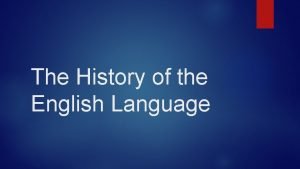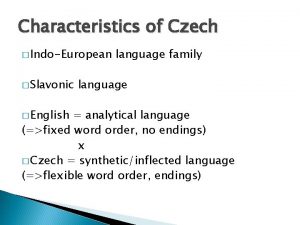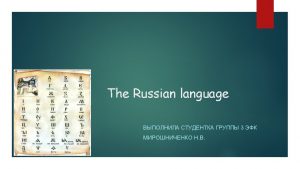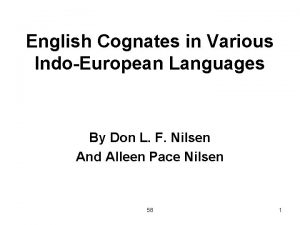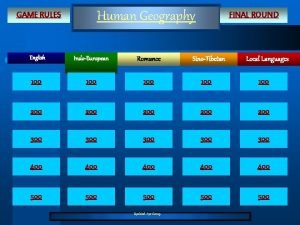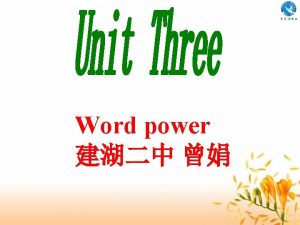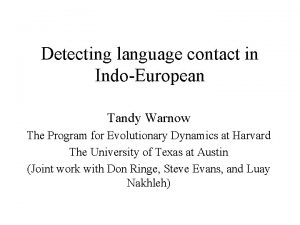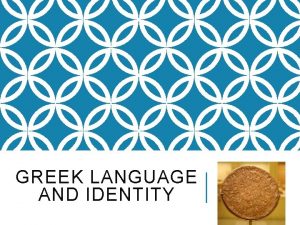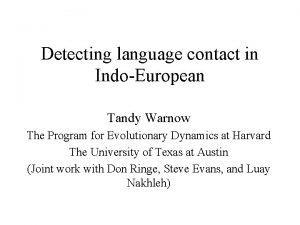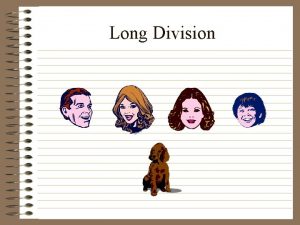The long path of the English Language IndoEuropean























- Slides: 23

The long path of the English Language

Indo-European and Germanic influences Indo-European family: -Latin and The Modern Romance languages; -The Germanic languages; -The Celtic languages; -… Father-vater; pitr



English belongs to the Germanic group of languages • Sub-groups of Germanic: • -East Germanic; • -North Germanic; • -West Germanic.

Old English

Main Invasions (500 -1100 AD) • The Angles, Saxons and Jutes (5 th and 6 th centuries AD) • The Vikings (around 850) • The Norman Conquest (around 1100)

Influences on the Language • The invaders pushed out the original Celtic-speakers to Scotland, Wales, Cornwall and Ireland. • Celtic languages survive today in the Gaelic languages of Scotland Ireland in Welsh, though Cornish is now a dead language. • Only about one sixth of the Old English words have survived to this day. • About half of the most commonly used words in Modern English have Old English roots (for example: be, water, strong).

The Norman conquest and Middle English

The Norman conquest and Middle English v Invasion of England in 1066 AD by the Normandy’s Duke. v Growing influence of Latin. v Some French and Germanic influences in Middle English. v The mixture of Anglo-Norman and Old English formed Middle English. v Around 1500 AD, the Modern English rose.

EARLY MODERN ENGLISH (1500 -1700) Sónia, Inês Oliveira, Sofia, Marco, Maria Eduarda and Marisa, 12º 1

a n e R e c n issa

e c n e u l f n i s ' e r a e p s e k a h S

Ma s r o t c a f r jo

Late Modern English (1800 -up to the present)

Late Modern English (1800 -up to the present) • Main difference: vocabulary; • Historical factors: Industrial and scientific Revolution: Created a need for neologisms Latin + Greek + English roots Most visible in the fields of eletronics and computers.

Rise of the Bristish Empire: Introduced English to the world Virtually every languages has contributed to its development Two world wars: big military influence on the languages

Late-Modern English

American English

American English • Creation: • Year 1600 AD ; • Settlement of English colonies in North America. • “Americanisms” are British words that colonies continued to use unlike Britain. • Examples: – Fall-Autumn ; – Trash-Rubbish; – Loan-Lend

• American English introduced: • Native American words (Mississippi; Roanoke; Iowa; Racoon; Tomato; Canoe; Savanna; Hickory) • Indian sounding words (Idaho)

The influence of… Spanish, French and African languages • • • Louisiana; Goober; Gumbo; Mustang; Vigilante.

 Long and short
Long and short Once upon a time there was a fox
Once upon a time there was a fox Từ ngữ thể hiện lòng nhân hậu
Từ ngữ thể hiện lòng nhân hậu Unity signalr
Unity signalr Long path propagation
Long path propagation Long path propagation
Long path propagation A level english language language change
A level english language language change Decaliter
Decaliter Once their was a king
Once their was a king Tinikling props
Tinikling props Once upon a time long long ago
Once upon a time long long ago Long long int c
Long long int c Long long ago when the gods and goddesses
Long long ago when the gods and goddesses Sóc nhí câu đố
Sóc nhí câu đố Once upon a long time ago
Once upon a long time ago Bọn em hai đứa cùng tên
Bọn em hai đứa cùng tên Hình ảnh bộ gõ cơ thể búng tay
Hình ảnh bộ gõ cơ thể búng tay Slidetodoc
Slidetodoc Bổ thể
Bổ thể Tỉ lệ cơ thể trẻ em
Tỉ lệ cơ thể trẻ em Gấu đi như thế nào
Gấu đi như thế nào Thang điểm glasgow
Thang điểm glasgow Chúa yêu trần thế alleluia
Chúa yêu trần thế alleluia Các môn thể thao bắt đầu bằng tiếng đua
Các môn thể thao bắt đầu bằng tiếng đua







